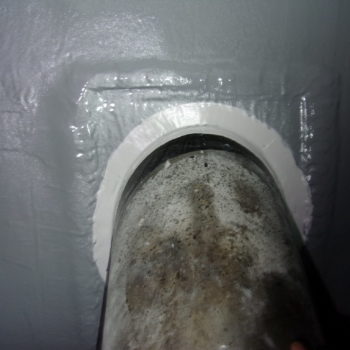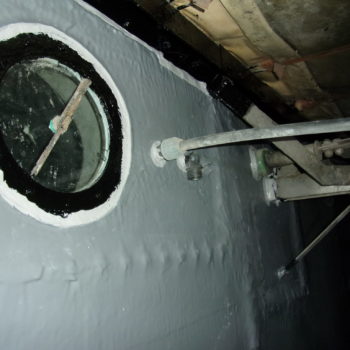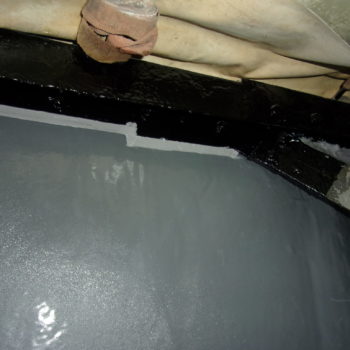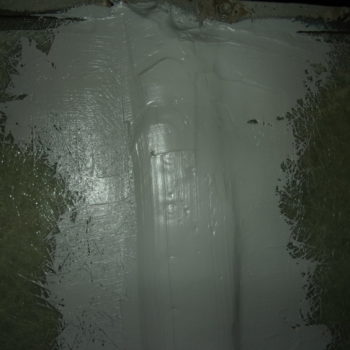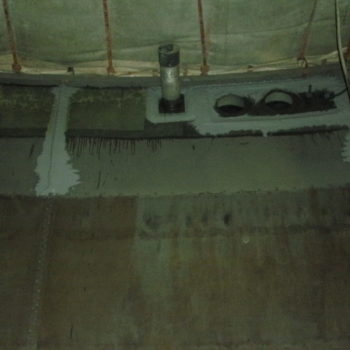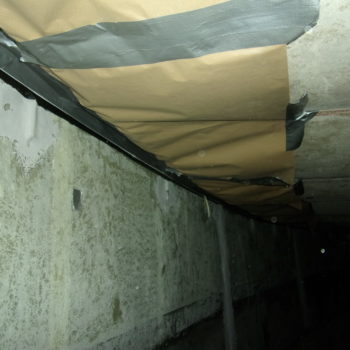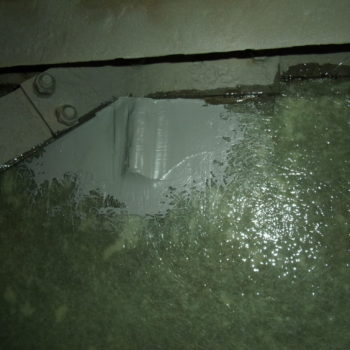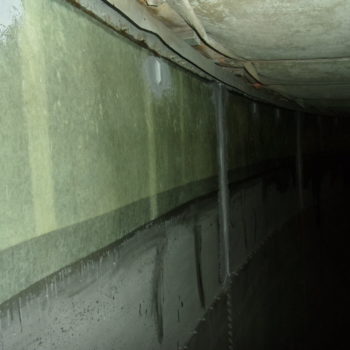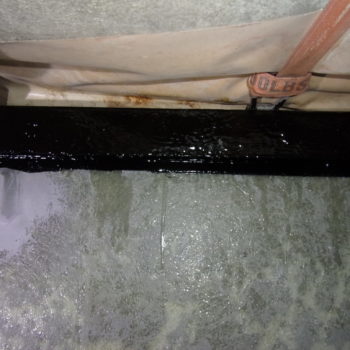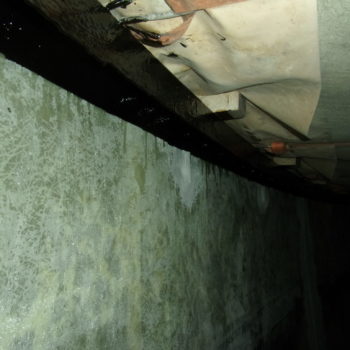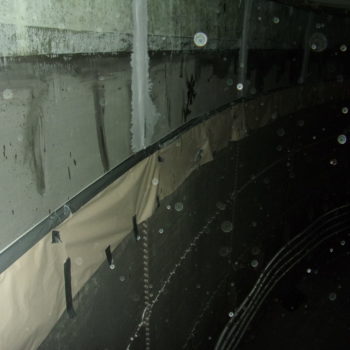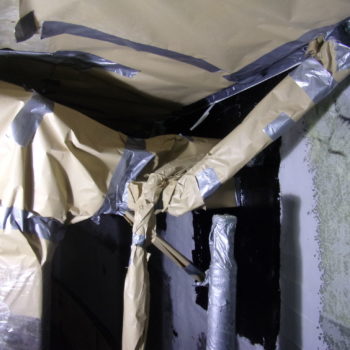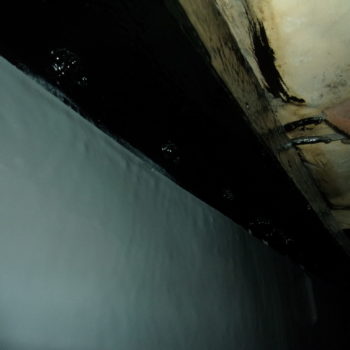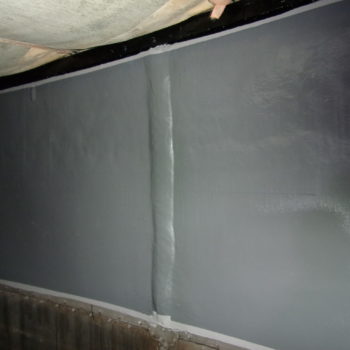Project Brief
Applicator: Corroless Eastern.
This is a case study of one of our recent projects and it entails the rehabilitation of a stainless steel tank.
Upon further inspection, we found out that the sectional stainless steel anaerobic digester tank had extensive perforations as a result of microbial induced corrosion. It meant that it was out of service and no longer gas tight. So it was a real challenge to make it work again at full capacity.
Our Solution
We proposed the application of a highly chemical resistant polyurea tank lining from SPI Performance Coatings as the best long term solution to protect this tank. This solution is supported with a 20 year material guarantee which affords the asset owner the level of confidence that they need.
The problem is that stainless steel tank areas are a difficult substrate to adhere tank linings to. Therefore to ensure an excellent mechanical profile for the tank lining to adhere to the stainless steel, We advised the preparation abrasive blasting as a solution. The blast profile was tested by our in house ICORR accredited paint inspector to ensure that the required surface profile of 50 microns had been achieved.
When relining tanks, it is of utmost importance that they are first thoroughly vacuumed cleaned and a surface cleanliness test has to be conducted, in order to ensure that the substrate is clean enough for our tank lining to adhere to. Which we did.
In the 600mm band where the perforations occurred, we applied a reinforcing bandage of glass fiber and reinforced epoxy, using a material specifically designed to adhere to difficult substrates such as stainless steel. We then applied Remmers Epoxy Universal in three coats by brush and roller to the inverted U channel at the top of the tank. Without this, it would have been extremely difficult to achieve a seamless finish by spray application.
All nuts, bolts and cleats were detailed using polyurethane mastic to simplify these difficult details for spray application. Our advice, when applying polyurea coatings, is to give special attention to such areas. Otherwise, due to the fast set nature of the material, cavities can form during application creating penetrations in the tank lining.
SPI HT100F UB polyurea was then applied with the inclusion of AE4 adhesion promoter to a thickness of 2mm. AE4 is a coupling agent which allows the polyurea material to bond tenaciously to stainless steel.
We then spark-tested the tank lining to ensure a pin hole free finish, as part of our standard quality assurance, with any pin holes found being touched in using the same polyurea tank lining material.
Finally, we terminated the polyurea lining by using a chemical resistant polyurethane jointing compound to protect the edges of the coating. Everything works properly now and no further incidents will occur in the future. Case solved!

